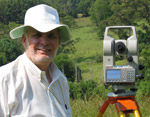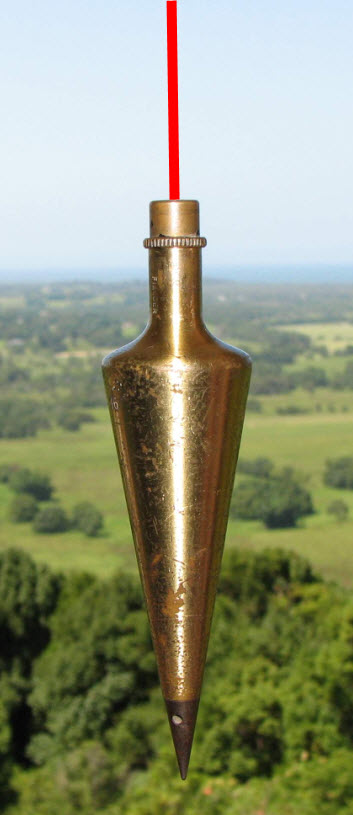My blindness condition, perpetual degeneration or future regeneration Six years in the murk, but not lights out.
THAT’S LIFE
I’ve been up and down and over and out
And I know one thing
Each time I find myself flat on my face
I pick myself up and get back in the race
The Chairman of the Board, Francis Albert Sinatra
.
According to the WHO dated 11 October 2017, “an estimated 253 million people live with vision impairment: 36 million are blind and 217 million have moderate to severe vision impairment.” Inclusive within the above statistics, there are about more than 450,000 Australians with a vision impairment. I am one of these persons.
My purpose in posting this article is to establish a reference bench mark to note my progress, if any, in respect of my blindness condition, nearly six years after achieving the unenviable status of becoming legally blind. Intentionally, others may benefit from my commentary.
My wife Gillian is my confidante, gSight and amanuensis in all matters pertaining to my personal coping with my sight loss trauma. From the beginning, Gillian has carried this burthen, enduring all the ups and downs, and at times, our road has been rocky.

I cannot see your face
.
As a person impacted upon by the wet form of Macular Degeneration (MD) in both eyes for nearly six years, I have necessarily developed a serious interest in matters related to the improvement of the vision enhancement of persons affected by this disease.
Based on my personal experience, the three most important directions that may give hope to persons with sight loss due to wet MD, and not necessarily in order, are -
1. Future possible medical breakthroughs in the restoration of sight loss.
Currently in Australia, there is no medical procedure or cure for the full or partial restoration of sight for persons affected by the wet form of MD. In my case, my maculars became dead moonscapes known as disciform scarring and associated geographic atrophy, causing complete central vision loss, leaving me with only degenerating peripheral vision. I guess I inherited the full genetic package.
Research work being undertaken in Japan and California, and at London’s Moorefield Hospital, may bring us some hope for the future. In my layman’s understanding, gene and stem cell therapies are being trialled on selected patients with wet MD, for the purpose of vision restoration. This is a work in progress and not currently available in the public domain.
Oddly enough, I still do not lose hope that a serious medical breakthrough may turn up one day, which may offer in the minimum, a partial restoration of sight for those who really know what vision loss is all about. Fate will determine this.
2. Mental health coping mechanisms to live with a blindness condition.
My personal therapy repertoire, to get me through the day, is to try to avoid thinking about or dealing with my problems associated with my serious central vision loss. But, and there is always a but, something always smacks you in the face to remind you of your place. A structured day always helps.
The predominant stressor precipitated by my central vision loss, is that I have been transformed from a competent professional consultant to an illiterate person prior to the development of the Gutenburg printing press in 1450. My bonus being that illiterates, through necessity, develop strong memory capabilities. Simply, I now cannot read text in a normal way and rely excessively on Gillian to assist me here.
My Digitech radio has become a primary information and amusement source, which has replaced my previously, taken for granted, reading ability. I possess a substantive library of books in my former office, which I now cannot read. I have developed a positive practise with Gillian, who reads to me a chapter or two from a book or an ebook almost every afternoon. Lucky Robbie.
Working together with Gillian, we have created numerous personal podcast MP3 recordings as a therapy to deal with my blindness condition issues. This has proved to be a successful technique, with substantial ribald humorous content as well.
Derek Daniel’s three chapter PDF book titled “Lost in Transition”, relating to his experience of sight loss and strategies for coping, is recommended reading.
The following podcast which I listened to recently, presented some invigorating ideas – reference : “Holding on to Hope: Thoughts from a Therapist” - Episode 37 “Life after Sight Loss Radio” podcast by Derek Daniel, dated 22 November 2017.
The other most useful thing I have found in the last 6 months is information found through Youtube concerning blindness issues. Have a look at Sam and the Blindspot, Sam and the Blind Life and Derek Daniel’s website and his podcasts, “Life after Sight Loss Radio”.
I cannot see my face
.
3. Modern technological devices, which may improve the vision experience of persons with wet MD.
I have had the opportunity of testing and trialling four different types of wearable eyesight devices, and currently, I have had long-term possession and use of one of these. My experience is that these devices only provide a marginal lift in my personal vision enhancement.
I am acutely aware that wearable vision devices may not suit varying eye conditions, particularly where the intensity of vision loss is high. Possibly the extent of my vision loss falls into the lost cause category, and therefore I cannot currently be assisted by this new type of technology.
From my perspective, a more serious integration of the relevant expert medical fraternity and device manufacturers, could benefit the end user much more. One size fits all, doesn’t necessarily work.
It could be construed that the rule of caveat emptor applies to the purchase of the relatively expensive wearable eye devices. An interested person should take care in critically establishing that a particular device genuinely provides a real and distinct vision enhancement experience, before purchase commitment. Try to seperate the emotion from the reality.
My go-to technology, which provides for me the most valuable benefits for my blindness condition are the Apple 5K 27″ iMac personal computer, together with the Apple iPad Pro 10.5″. Entry cost is high, initial learning curve may be steep, but there are over-riding wider benefits in the Accessibility features for persons with a vision impairment. The added significant bonus being online connection, together with all the normal digital computer facilities. In my view, the combination of the desktop computer and tablet gives you the most bang for your buck. Gillian and I necessarily work together to solve our sometimes maddening computer glitches.
My list for June 2018 of the best features and apps that I find useful, in respect to my vision loss, when working with my Mac and iPad Pro are as follows.
Both devices facilitate text to speech and speech to text, and have an efficient zooming capability to enlarge text and images on the screens. Large desktop icons permit access to various websites and apps.
The iPad Pro in particular has a superior camera which allows for real-time external magnification and is straight forward to use.
The best iPad Pro apps I have found to date are – Camera, Magnification, Super Vision, PMag, Supervision + Search, Seeing AI, Prizmo Go, EasyReader, Big Keyboard, Big List, Scanbot Pro, MyScript Stylus, MyScript Calculator 2, VoCalc and MD evReader. These apps are inbuilt or free, or can be purchased for a few dollars.
Six years in the murk, but not lights out
My summary position statement
I am not lights out yet as I am fortunate to have some remaining peripheral vision – the murk. I work with this the best I am able, and am always driven to search for answers, which may improve my lot and others. Now in my 70th year, I wouldn’t allow myself to guide anyone across a busy road.
I am skeptical that a cure for persons with wet MD will be available to the general public in the next six years – and at what location and cost, if and when it does become a reality.
The reason I make this statement is that an acquaintance of mine, who is also affected by serious long-term vision loss, commented that medical cures were talked about thirty years ago, and still have not eventuated.
I dearly hope that I am wrong, and be corrected in my statement in the near future.
Robert and Gillian at Coorabell in 1999 – before the murk






